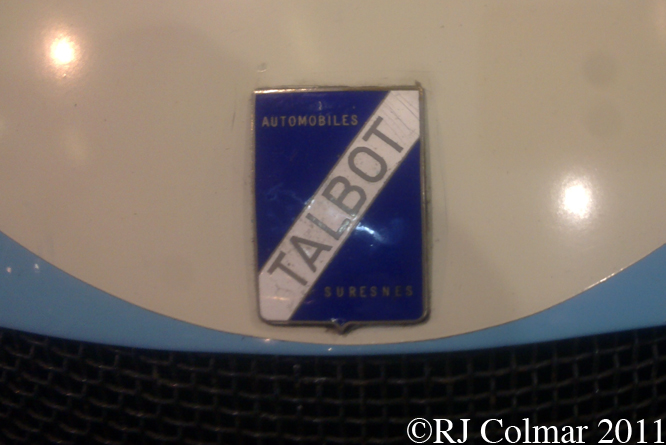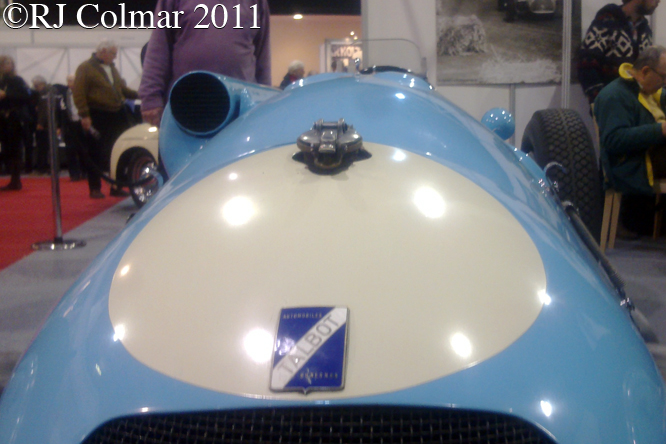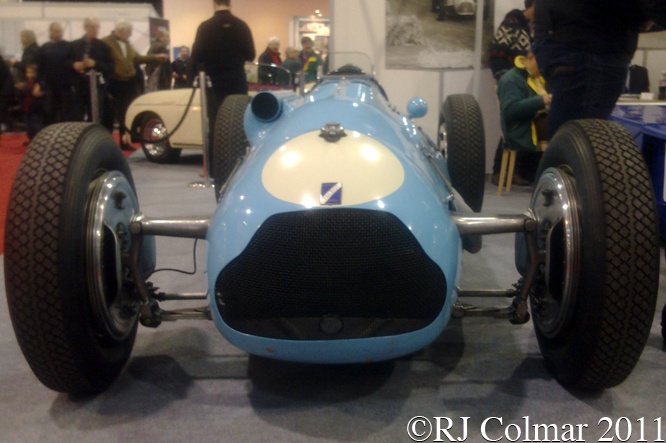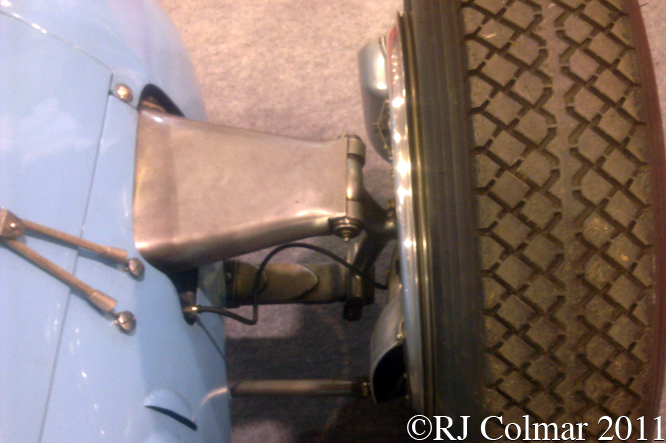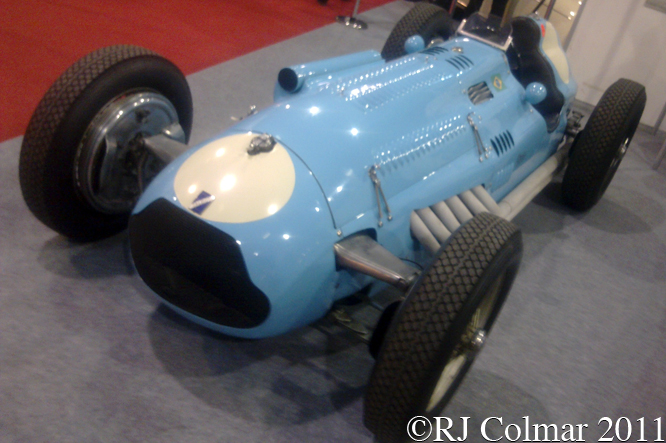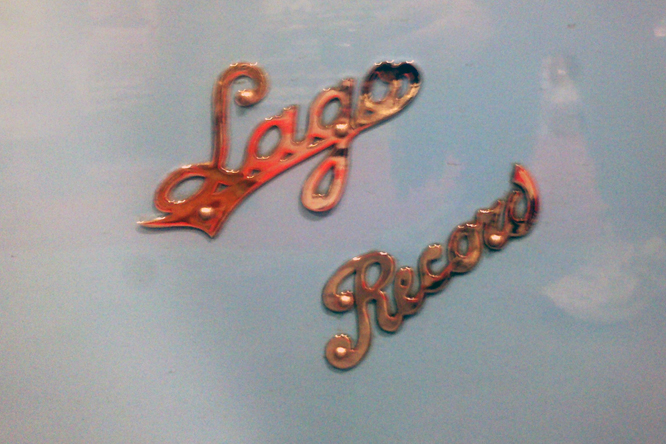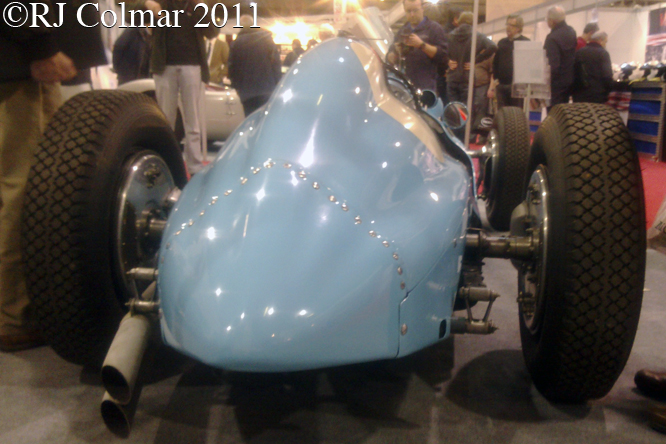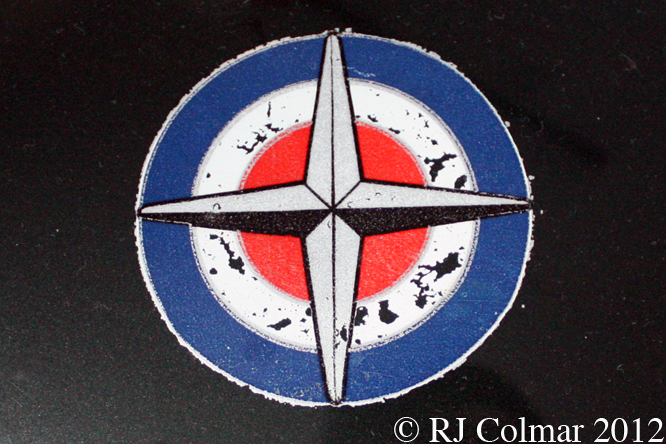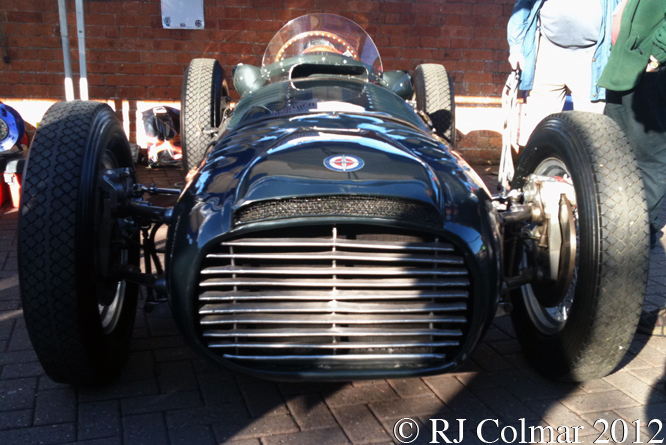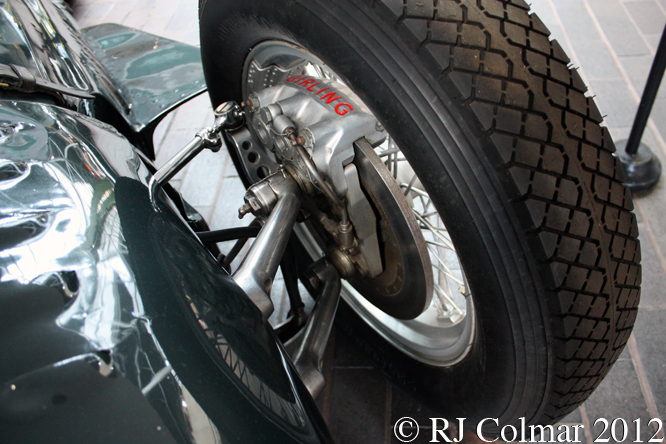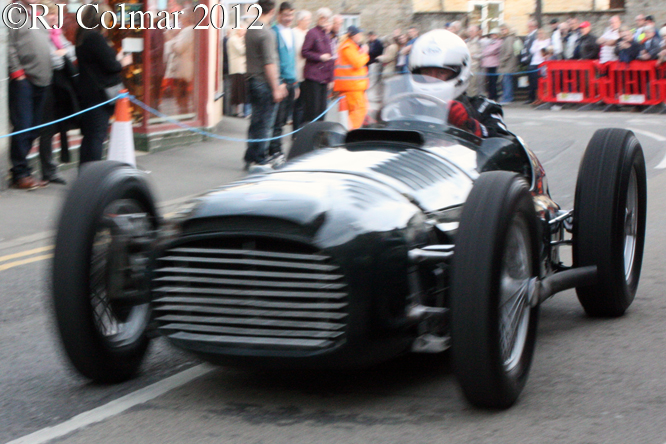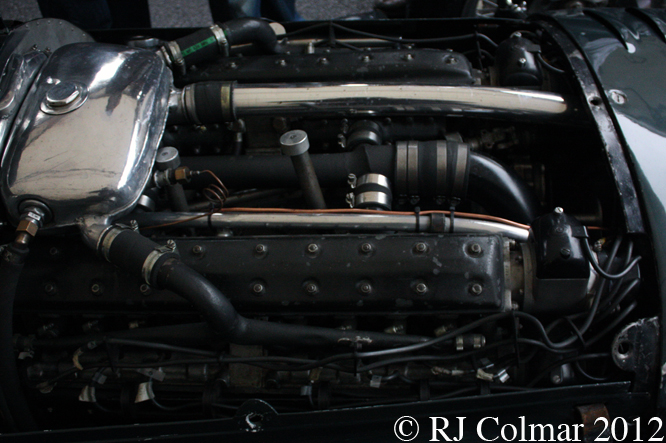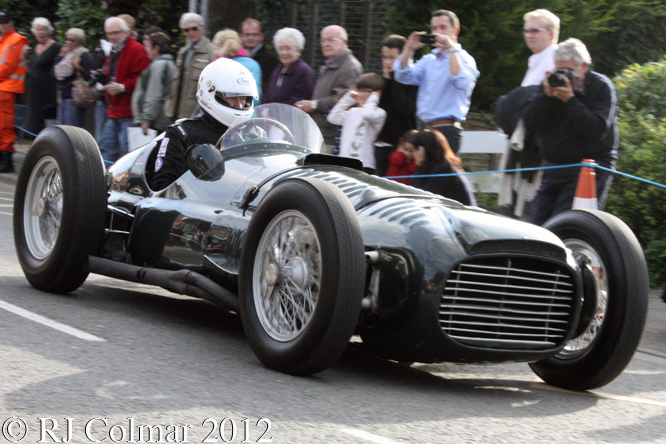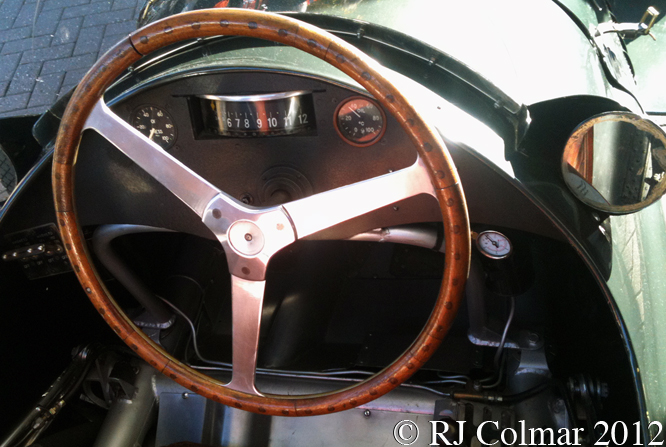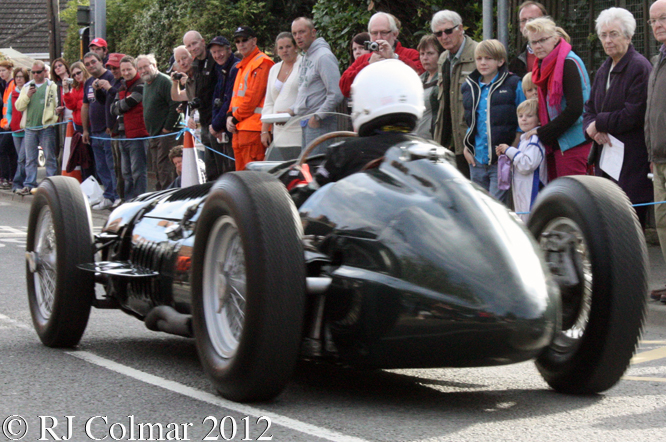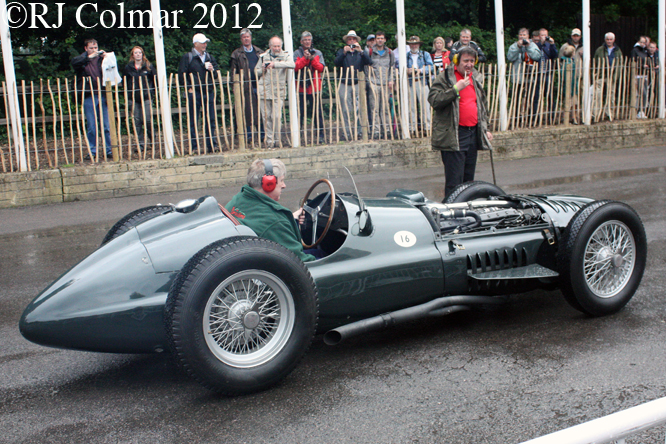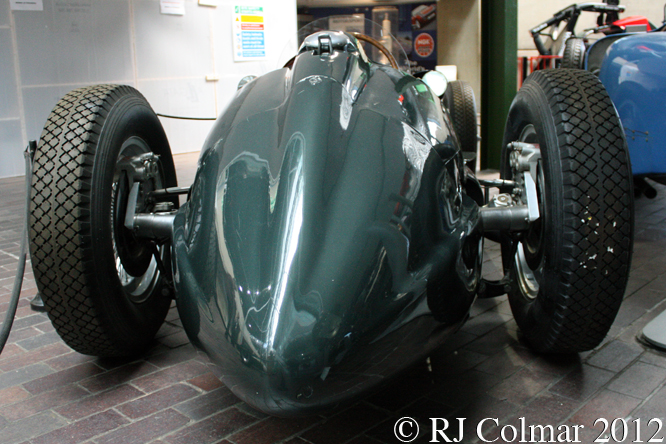Last Friday I popped along to Silverstone last Friday to see the first two practice sessions for the British Grand Prix. This was my first visit to Silverstone for Formula One action since 1981 when John Watson won the race for McLaren.
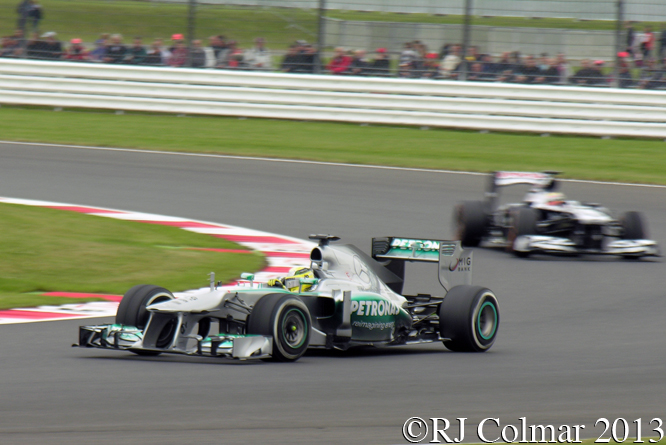
Today’s blog focuses on how the 11 teams number 2 drivers got on, above Nico Rosberg driving his Mercedes F1 W04 finished the opening day of practice at the top of the time sheets. Nico qualified second for the race and won after team mate Lewis Hamilton blew a tyre and then Sebastian Vettel retired with transmission problems. Despite having visiting pit row for the second time this season, twice more than his team mate Nico is still three seven points behind his team mate Lewis Hamilton, who has yet to win and fifty points behind Championship leader Lewis Hamilton.
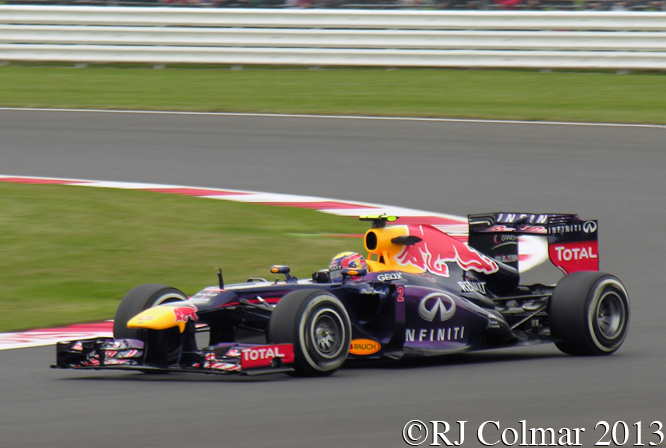
Last years British Grand Prix winner Mark Webber, seen driving his Red Bull Renault RB9 above, similarly set a faster time than his team mate Sebastian Vettel on the opening day of practice. Mark qualified 4th behind his team mate for the race and dropped to 15th after making contact with Romain Grosjean on the opening lap and recovered to finish in second place on his final British Grand Prix appearance. Mark announced at the British Grand Prix that he would be retiring from Formula One at the end of the season and joining Porsche’s Le Mans program for 2014.
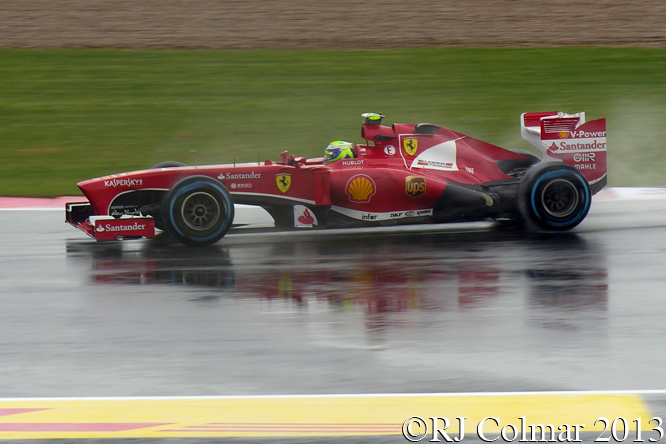
Ferrari’s Felipe Massa is seen driving his F138 in the first practice session he was slowest of the the eleven drivers to set a time in the morning and in the afternoon knocked a wheel of the front when he came off the drying track in the afternoon and again set the slowest time of the 22 drivers in the afternoon. Felipe could only qualify 12th for the race, but despite a high speed blow out did well to recover a sixth place finish by the end of the race.
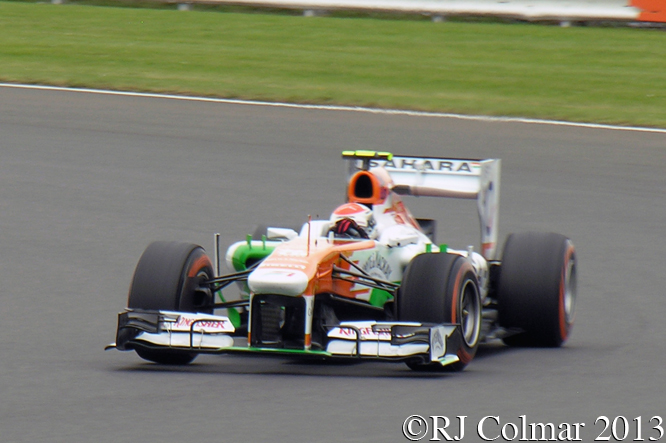
Adrian Sutil driving a Mercedes powered Force India VJM06 set 8th fastest time on day one, qualified 7th for the race and spent a long period running in third place behind Vettel and Rosberg but then got swamped at the end to finish 7th.
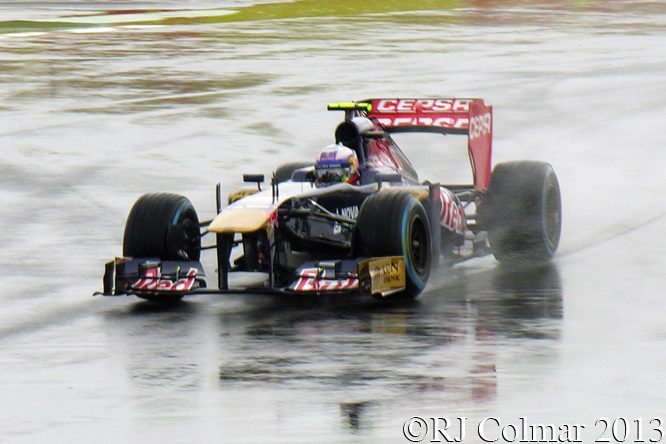
Daniel Ricciardo one of several drivers in the frame to replace the retiring Mark Webber at Red Bull, finished the opening practice session at the top of the time sheets, he qualified his Ferrari powered Torro Rosso STR8 an impressive 6th, seven places ahead of his team mate Jean Eric Vergne. After running in 4th place for much of the race he too was swamped at the end to finish 8th.
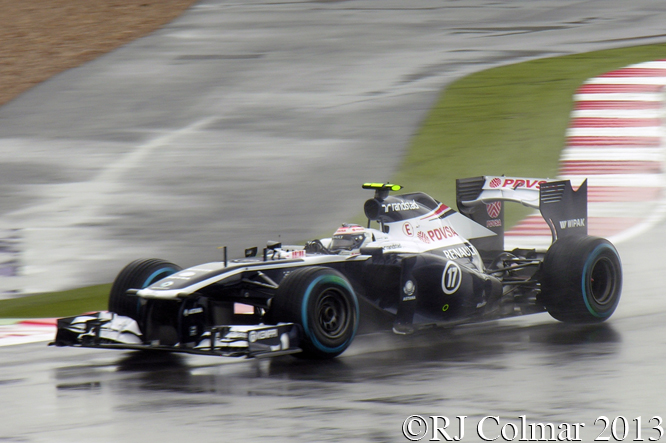
Williams were celebrating the 600th Grand Pix at Silverstone unfortunately Valtteri Bottas driving his Renault powered FW35 could not repeat his fine Canadian 7th fastest qualifying performance. Starting 16th Valttteri came home 12th in the race.

Mexico’s Esteban Gutiérrez started the British Grand Prix from 17th place on the grid in his Ferrari powered Sauber C32 and climbed to 14th by the end of the race.
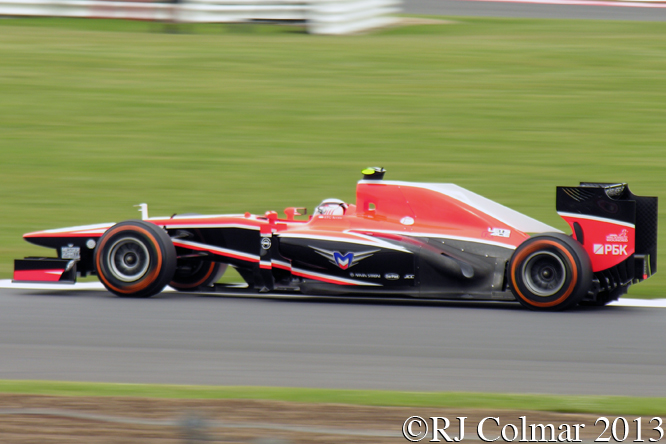
Max Chilton in the Cosworth powered Marrusia MR02 was the slowest qualifier but thanks to penalties for Paul di Resta and Giedo van der Garde he started his home Grand Prix from 20th and finished 17th.
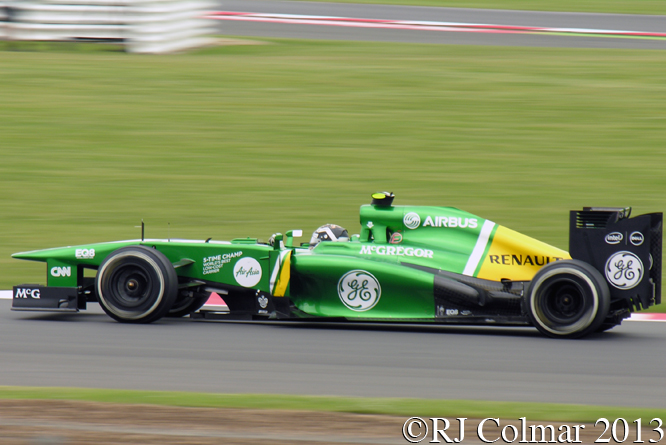
van der Garde started the British Grand Prix from last place after ignoring blue flags, shown to signal that he was about to be lapped, in Canada and finished the race 18th and last unlapped runner.
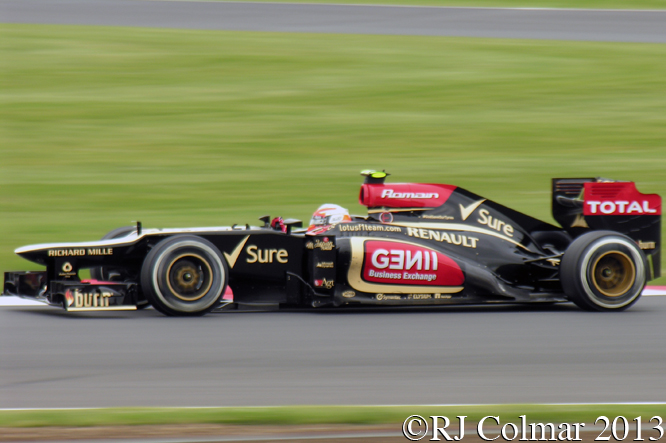
Driving his Renault powered Lotus E21 Romain Grosjean started the British Grand Prix from 7th on the grid but was involved in a collision with Mark Webber on the opening lap he finished the race 19th 1 lap down last car still running.
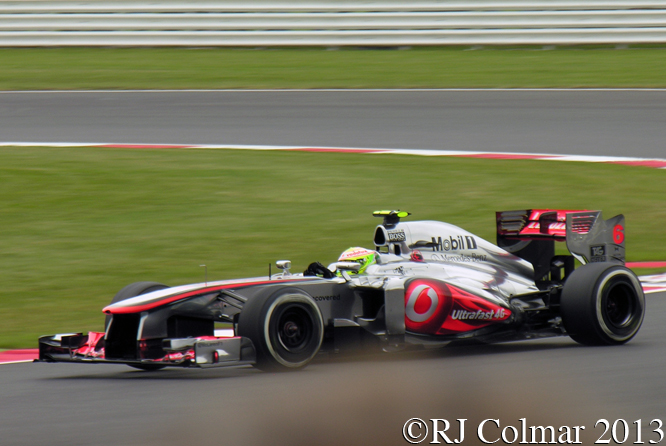
Finally Sergio Pérez suffered a tyre failure during practice on the opening day that would be a portent for 4 similar failures on race day. Starting from 13th on the grid Sergio suffered a second puncture on race day that forced his retirement due to the damage to his Mercedes powered McLaren MP4-28 caused by the flailing remains of the tyre on lap on lap 46.
More on the British Grand Prix at Motorsports Unplugged.
Thanks for joining me on this “Number 2 Drivers” edition of “Gettin’ a li’l psycho on tyres” I hope you will join me again for an Independence Day edition tomorrow. Don’t for get to come back now !


